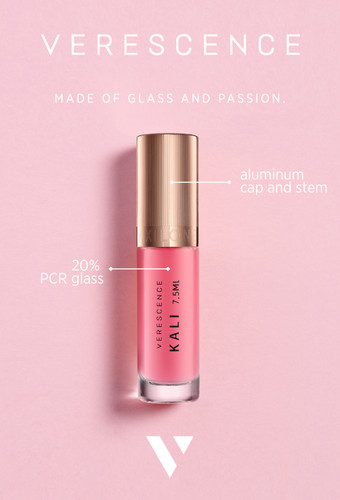
This product, which was reserved until now to make-up professionals, is becoming attractive to an increasing number of consumers. Large retail chains of make-up products have contributed to its success by offering with their cosmetics, attractive kits consisting of several brushes. The result is a booming market with double digits annual growth rates. A niche which has attracted the attention of managers of the DuPont [1], group historically specialized in the production of fibres for toothbrushes and leader in the niche of mascara fibres. A "niche" where animal hair, still predominantly used, is probably seeing its days numbered. A "niche" for which DuPont has been marketing since a few months a highly technical and specially performing fibre,Natrafi.
Animal hairs or synthetic fibers?
But actually? Do women use and appreciate the use a cosmetic brush? Every survey answers "yes"! Even if their perception of the product is often far from reality. For 86% of them, the brush must of course become impregnated with powder to then perfectly restore it during application. For 46% of them bristles should be soft and 37% believe the brush should obviously not lose them. 67% think that brushes are currently made out of synthetic bristles and only 19% think they are made out of animal hair. More interestingly, European consumers say they would not use a brush if it was made out of animal hair! When 95% of powder brushes manufactured in the world are made, precisely of animal hair!
The end of animal hairs?
“Actually, explains Sarah Perreard, DuPont, this market was demanding a new fibre that, to paraphrase a well known ad would have the feel and performance of animal hair without coming from the animal industry... and who would not smell like it!” An even more tenacious "smell" when brushes are made from goat hair (which is the majority!) or from pony hair. Especially that 87% of consumers believe that this practice is cruel to animals!

In 2003, DuPont teams decide to seriously address this issue. The challenge is far from being simple. It consists in developing a fibre featuring all the qualities of goat or pony hair, that is to say which really becomes well impregnated of powder and perfectly restores it. Not easy when you operate a microscopic analysis of goat hair and you understand why powder clings to it so well. Conversely, synthetic fibre is at least very smooth. “That’s why the design of Natrafil is so clever,” explains Sarah Perreard, “because our engineers have recreated some roughness in this polyester fibre with the addition of various additives and a fibre extraction process which structures and softens the tips. A complex and patented process.” Incidentally, they did not know that by developing Natrafil, they were at the same time going to help future brushes, partly or totally consisting of this fibre, make a giant leap. “It was a pleasant surprise. Tests conducted among make-up artists exceeded our expectations. They all admitted that brushes made from 100% Natrafil impregnated themselves and restored powder much better, applying formulas in a more uniform manner with increasing precision compared to traditional brushes made from animal hair. As for brushes containing different percentages of Natrafil fibres, they enabled adjusting the desired make-up performance according to formula or the use of the brush, be it to apply the exact quantity of required powder, to attenuate, to blend in, etc.”
Note that Natrafil is also very effective for applying liquid make-up in the case, for example of body painting.
“Key assets of our fibre are: consistent quality complying with specifications, stable supplies not being subject to fluctuations from the animal hair market, and finally a better perception from consumers as well as a guaranteed hygiene,” underlines Sarah Perreard.
As a result, the DuPont Group, which currently produces the fibre in the United States and ships it to Shenzen in China for its processing, has recently invested in a second production line precisely in China. “It is true that 90% of brushes manufactured in the world are manufactured in this region,” explains Sarah Perreard, “and they are almost entirely handmade!” Another advantage in favour of the use of a synthetic fibre is to automate production more easily... To be continued.



































